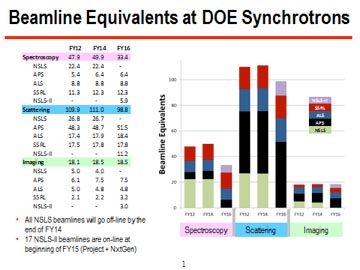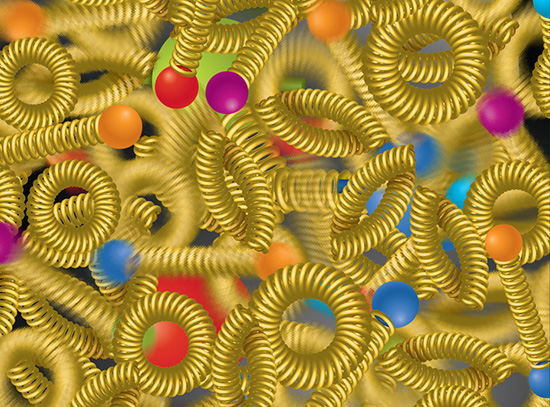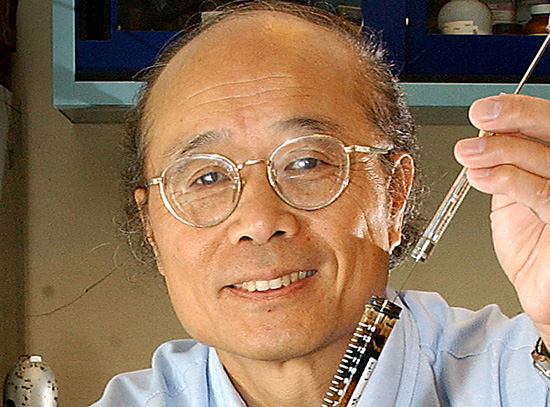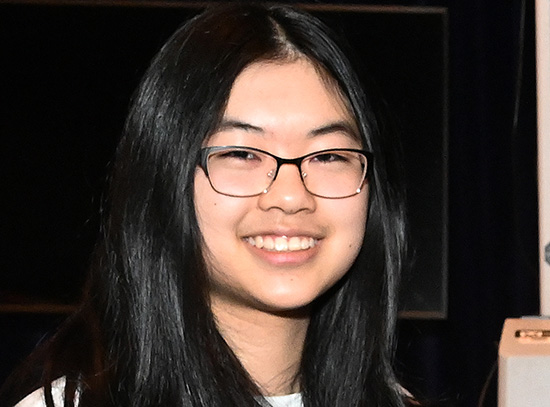Photon Sciences User Program Transition
July 14, 2012
The transition of users from NSLS to NSLS-II is beginning to come into focus as we approach the planned completion of NSLS operations at the end of fiscal year 2014. For some time, the DOE synchrotron facilities have been coordinating plans to deal with the temporary reduction in beamline capacity as NSLS turns off and NSLS-II ramps up during this transition period. The great success and productivity of NSLS has presented a significant challenge to the user community, Brookhaven’s Photon Sciences Directorate, and DOE in facing this transition.
NSLS currently serves about 25 percent of the users of DOE synchrotrons, and our sister facilities have limited capacity to host current NSLS users. An analysis of the types of beamlines and users across the facilities has been undertaken and adjustments are planned at the other facilities where possible to match the most demanded and underserved techniques during the transition.
Photon Sciences has launched the NxtGen Project to provide nine additional beamlines to ramp up NSLS-II capacity as rapidly as possible as a way to reduce the impact of the transition on the user community. With this addition to the portfolio, NSLS-II will have 24 simultaneously operating endstations by the end of 2016, and will be up to 30 at the end of 2017, including only presently funded projects. Other beamlines are being actively pursued and may well increase the number of available beamlines. This rapid build up of capability and capacity is unprecedented for a synchrotron facility. The transition to NSLS-II operations brings with it many new exciting capabilities, but in raw station hours, it is still below what is currently available at NSLS.
To help understand and mitigate the impacts of this dim period, a special NSLS User Transition Forum was held as part of the 2012 NSLS/CFN annual users’ meeting in May. Presentations from the forum have been posted to the user meeting website. These outlined the anticipated changes in beamlines across the facilities from now through FY2016.

Comparison of Beamline Equivalents (1 BE =1 Beamline operating 5000 hours) across the DOE synchrotron facilities for fiscal years 2012, 2014 and 2016. The figure highlights the anticipated overall reduction in spectroscopy and scattering beamline resources across the DOE synchrotron facilities as BNL transitions from NSLS to NSLS-II.
The forum had participation from management of DOE Basic Energy Sciences as well as its synchrotron facilities and featured a healthy dialogue among the participants. Many offered collaborative suggestions, which are being pursued as ways to reduce the impact of the transition on user science. A web page is planned for posting information regarding the transition as well as follow up on your suggestions.
At present, it looks as though no one solution can address the whole problem at once. Instead, we think that a combination of coordinated strategies tailored to the needs of individual user communities shows promise for minimizing the impact of the transition on your research. We look forward to working with you to help keep your research productive through the transition. As always, please feel free to send me your comments and suggestions.
2012-3228 | INT/EXT | Newsroom









